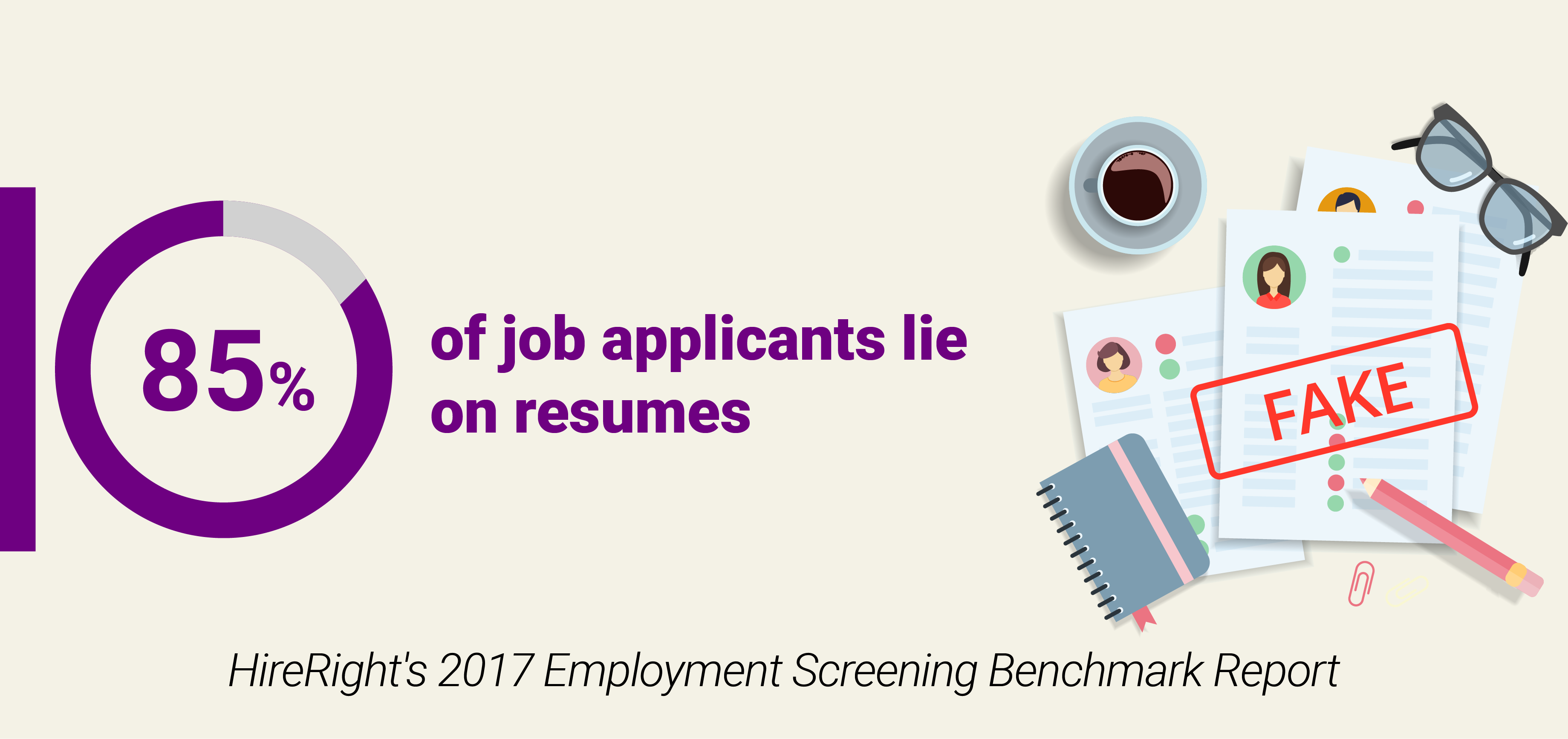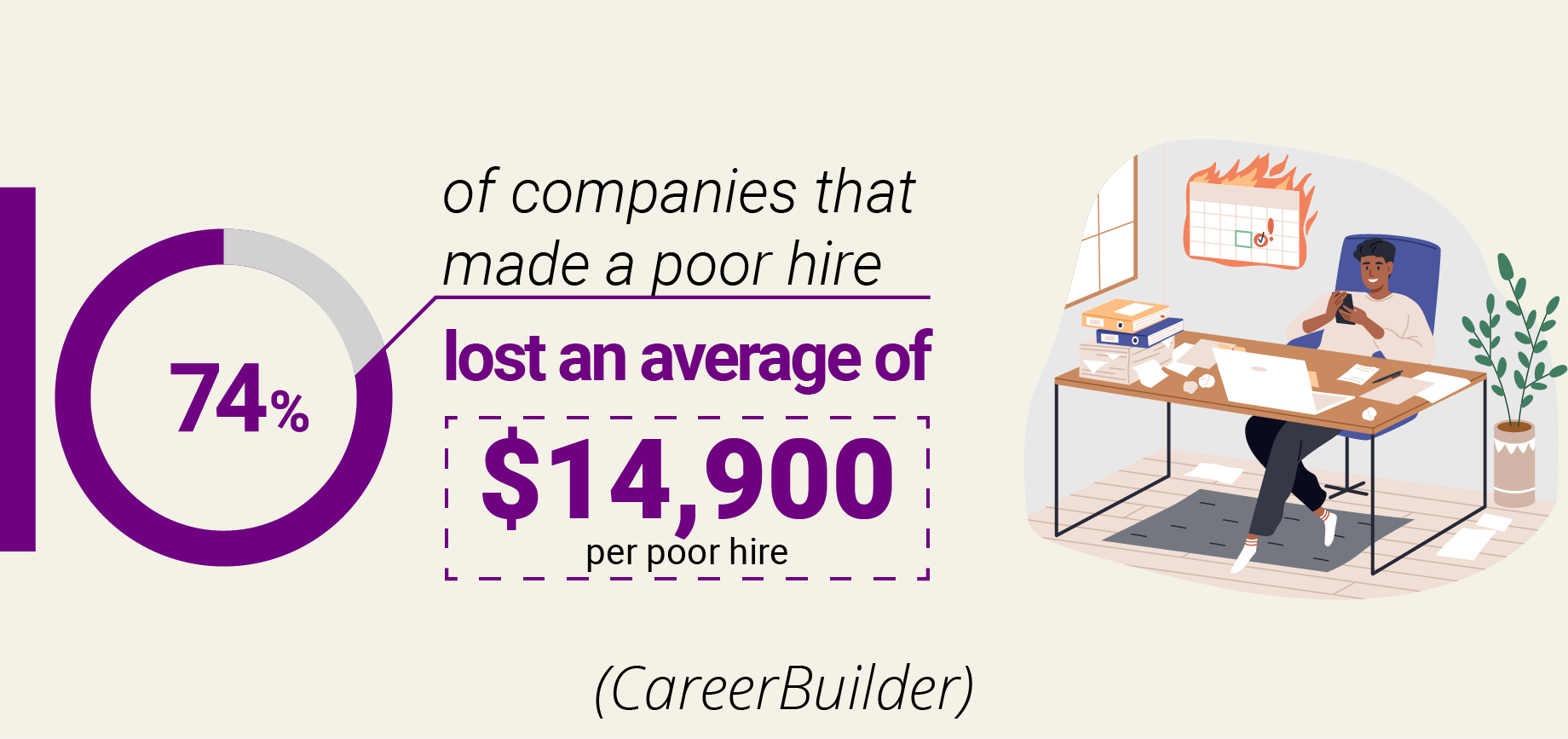With the support of AI-based gamified assessments, talent acquisition professionals can not only significantly reduce hiring costs but also save the organization from making a bad hire.
As many recruiting professionals still use the old school resume-screening process alone or inefficient tools to fill the vacant positions in their organizations, they invite the risk of hiring an incompetent individual. And let’s face it, bad hires can cause a good deal of hurt and heartburn.
The Business Impact of a Bad Hire
From recruitment and training costs to the negative impact on staff morale, hiring an incompetent employee has its devastating consequence for any business.
Regardless of how big or small your company is, here are four areas that it can have an impact on:
Lost Productivity
The loss of productivity from a bad hire is one of the hardest costs the employer has to bear. With bad hires, addressing performance issues may take up several hours, thus a lot of precious time that could be devoted to running the business gets wasted. Furthermore, as the wrong hire will lack the necessary skills, they will struggle with pulling their own weight, miss deadlines and throttle the overall workflow.
While managers may be able to train new workers in the beginning and help them settle into the role, eventually employees should be able to perform all tasks without having the manager need to hover over their heads.

Damaged Client Relationships
Bad hires not only prevent the company from building new client relationships but also damage existing ones, leading to long-term damage.
Since an unskilled employee finds it difficult to juggle responsibilities and perform the designated tasks effectively, they are bound to make mistakes, miss details and offer terrible customer service. But the client ultimately won’t stick around if the quality of your product or service takes a plunge.
The aftermath? Your disgruntled clients may end up writing bad reviews online, which will tarnish your organization’s reputation.
Disorientation in Teamwork
You know that one bad apple spoils the barrel? Something similar happens when you make a bad hire. A wrong hire and an undedicated employee tends to disrupt the team’s dynamics and bring down the entire work environment. In fact, according to Harvard Business Review, it is estimated that 80% of employee turnover is due to bad hiring.
Your team has to be a well-oiled machine where each member is focused on one mission. One weak link, however, can obliterate even the strongest of teams. Case goes worse if the bad hire is in a leadership position. Eventually, the high performers start to disengage from the team and resent the leader.
Adverse Financial Impact
Let’s not forget the money. Here’s the monetary loss incurred when a company hires the wrong person:
- The Undercover Recruiter reports bad hires can cost $240,000 in expenses. This includes hiring, pay and retention costs.
- According to a CareerBuilder survey, companies lose an average of $14,900 on every bad hire, and it’s a common mistake — nearly three in four employers (74 percent) say they’ve hired the wrong person for a position.
- The average cost of a bad hire is up to 30% of the employee’s first-year earnings according to the U.S. Department of Labor.

How Gamification Can Prevent a Bad Hire
The aforementioned impact of hiring the wrong person already tells how important it is to assess candidates across multiple dimensions. And this is why it is essential to analyze candidates with a pre-hire assessment that evaluates them on a variety of areas.
Gamified assessments do just that! Apart from incorporating game elements, gamified assessments use AI to provide accurate, unbiased and predictive candidate data. Moreover, they allow talent acquisition professionals to gain insights into a candidate’s skills and knowledge which may not appear on the CV. In the end, it is a win-win situation for both the recruiters and the candidates.
Companies That Have Hired Top Talent with Gamified Recruitment


